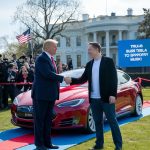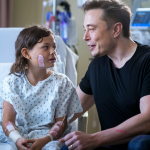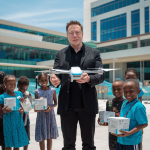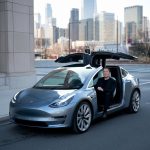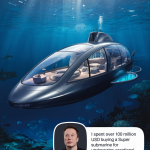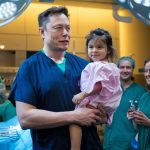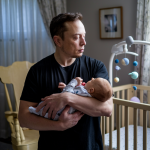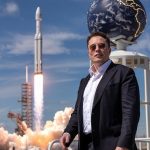Elon Musk and the Daring Yet Successful Rocket Tests: A Journey of Vision and Triumph

Elon Musk, a name synonymous with audacity and innovation, has carved an indelible mark on the history of space technology. As the founder of SpaceX, Musk has spearheaded a series of rocket tests that embody both breathtaking risk and extraordinary success. These endeavors, often teetering on the edge of failure, reflect his relentless persistence, boundless creativity, and unyielding belief in the impossible. From early setbacks to groundbreaking triumphs, Musk and his team have transformed SpaceX into a trailblazer, rewriting the rules of space exploration and igniting humanity’s dreams of reaching the stars. This article explores Musk’s daring journey, the evolution of SpaceX’s rocket tests, and the profound impact of their achievements on the future of space travel.
The Visionary Behind the Mission
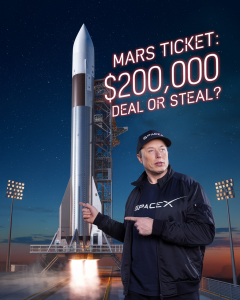
Elon Musk is no ordinary entrepreneur. Born in South Africa and driven by a vision to make humanity a multiplanetary species, Musk founded SpaceX in 2002 with a mission that seemed fantastical at the time: to revolutionize space travel and colonize Mars. Unlike traditional aerospace giants, Musk approached the industry as an outsider, armed with a bold willingness to take risks and a refusal to accept the status quo. His philosophy—failure is an option, but giving up is not—has become the cornerstone of SpaceX’s ethos.
Musk’s journey with SpaceX began with modest resources and towering ambitions. The company’s early years were fraught with financial struggles and technical hurdles, yet Musk’s unwavering determination kept the dream alive. Today, SpaceX stands as a global leader in aerospace, a testament to his ability to turn vision into reality.
The Rocky Road of Rocket Testing
SpaceX’s path to success was anything but smooth. The company’s rocket tests, particularly in its formative years, were a rollercoaster of high stakes and hard lessons. Musk himself has often recounted the near-collapse of SpaceX during its first three Falcon 1 launches, all of which failed spectacularly between 2006 and 2008.
- Falcon 1 Failures: The first Falcon 1 launch in 2006 ended in flames just seconds after liftoff due to a fuel leak. The second attempt in 2007 fared little better, with the rocket breaking apart mid-flight. By the third launch in 2008, SpaceX was on the brink of bankruptcy, and the pressure was immense. When that mission also failed—carrying payloads for NASA and other clients—it seemed the dream might be over. Yet Musk refused to surrender. He rallied his team, analyzed the failures, and poured his personal fortune into a fourth attempt.
- The Turning Point: In September 2008, the fourth Falcon 1 launch succeeded, becoming the first privately developed liquid-fueled rocket to reach orbit. This triumph was a lifeline for SpaceX, securing NASA contracts and proving that Musk’s gamble could pay off. It was a defining moment that showcased his resilience and set the stage for greater achievements.
These early tests were more than technical exercises—they were a crucible that forged SpaceX’s culture of innovation. Each failure provided critical data, fueling improvements that would later propel the company to new heights.
From Falcon to Starship: A Legacy of Bold Tests
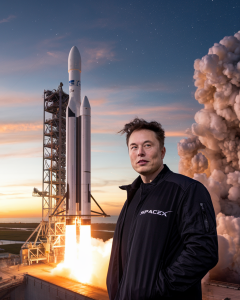
SpaceX’s rocket testing evolved dramatically over the years, with each program building on the lessons of its predecessors. The Falcon 9, introduced in 2010, marked a seismic shift with its reusable first stage—a concept that defied conventional wisdom. Musk’s insistence on reusability was initially met with skepticism, but the successful landing of a Falcon 9 booster on a drone ship in 2016 silenced doubters and revolutionized the industry.
The daring didn’t stop there. SpaceX’s Starship program, launched to create a fully reusable spacecraft capable of carrying humans to the Moon and Mars, has been a spectacle of ambition and experimentation. Early Starship prototypes, such as SN8 and SN9, met fiery ends during high-altitude test flights in 2020 and 2021. Yet these “rapid unscheduled disassemblies,” as Musk humorously called them, were not failures in his eyes—they were stepping stones. The data gathered from each explosion refined the design, culminating in successes like the Starship SN15’s flawless landing in May 2021.
Perhaps the most audacious test came in 2025 with the Super Heavy Booster and Mechazilla. On April 02, 2025, SpaceX stunned the world by using a giant robotic arm—nicknamed Mechazilla—to catch the Super Heavy Booster mid-air after launch. This precision maneuver, executed at Starbase, Texas, showcased Musk’s willingness to push boundaries and rethink rocket recovery. The test’s success underscored SpaceX’s mastery of reusable technology and brought Musk’s vision of affordable, frequent spaceflight closer to reality.
The Ingredients of Success: Persistence, Creativity, and Teamwork
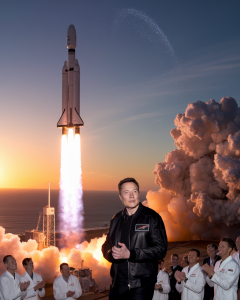
What sets Elon Musk and SpaceX apart is not just the technology, but the mindset driving it. Musk’s approach to rocket testing blends several key elements:
- Persistence: Musk views setbacks as opportunities to learn rather than reasons to quit. After the Falcon 1 failures, he famously said, “If things are not failing, you are not innovating enough.” This resilience has kept SpaceX moving forward despite the odds.
- Creativity: From landing rockets on ocean platforms to catching them with robotic arms, Musk’s solutions are as unconventional as they are effective. His ability to think outside the box has disrupted an industry long dominated by tradition.
- Teamwork: Behind Musk’s vision is a team of brilliant engineers and scientists who share his passion. SpaceX’s flat organizational structure encourages collaboration and rapid problem-solving, turning bold ideas into tangible results.
These qualities have turned SpaceX’s rocket tests into a proving ground for innovation, where each launch—successful or not—advances the company’s goals.
The Impact: Inspiring a New Era of Space Exploration
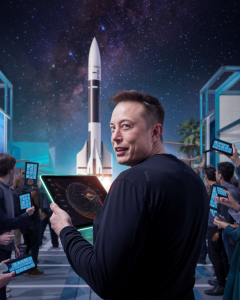
SpaceX’s achievements under Musk’s leadership extend far beyond technical milestones—they’ve reshaped the global space landscape. The United States, once reliant on foreign rockets after the Space Shuttle’s retirement, now boasts a thriving commercial space sector, with SpaceX at its helm. The company’s Crew Dragon missions have restored American crewed spaceflight capabilities, while its Starlink constellation is revolutionizing global internet access.
On a broader scale, Musk’s daring tests inspire dreamers and doers worldwide. Young engineers, entrepreneurs, and scientists see SpaceX as proof that audacious goals are attainable with grit and ingenuity. The successful Mechazilla catch, for instance, isn’t just a win for SpaceX—it’s a beacon for anyone aspiring to push humanity’s frontiers.
Moreover, SpaceX’s focus on reusability has forced competitors like Blue Origin and Boeing to rethink their strategies, sparking a new space race defined by innovation rather than government funding. Musk’s vision of colonizing Mars, once dismissed as science fiction, now feels within reach, galvanizing public interest and investment in space exploration.
Challenges and the Road Ahead

For all its triumphs, SpaceX’s journey is far from over. Rocket testing remains inherently risky, and each new milestone brings fresh challenges. The Starship system must prove its reliability for crewed missions, navigate regulatory approvals, and overcome the logistical hurdles of interplanetary travel. Environmental concerns, such as the carbon footprint of frequent launches, also loom large.
Yet Musk’s track record suggests these obstacles are surmountable. His ability to learn from failure, adapt quickly, and inspire his team has carried SpaceX through decades of uncertainty. As the company prepares for its first orbital Starship flight and beyond, the world watches with bated breath.
Conclusion: A Legacy of Courage and Conquest
Elon Musk and SpaceX’s daring rocket tests are more than a series of experiments—they’re a saga of human ambition triumphing over adversity. From the ashes of early failures to the awe-inspiring sight of Mechazilla catching a rocket, Musk has proven that with passion, effort, and determination, the impossible becomes possible. SpaceX’s successes are not just America’s pride; they’re a universal call to dream big and reach far.
As Musk continues to write new chapters in space history, his legacy grows ever clearer: a future where humanity thrives among the stars. With each test, SpaceX edges closer to that destiny, inspiring generations to look up and imagine what lies beyond.

